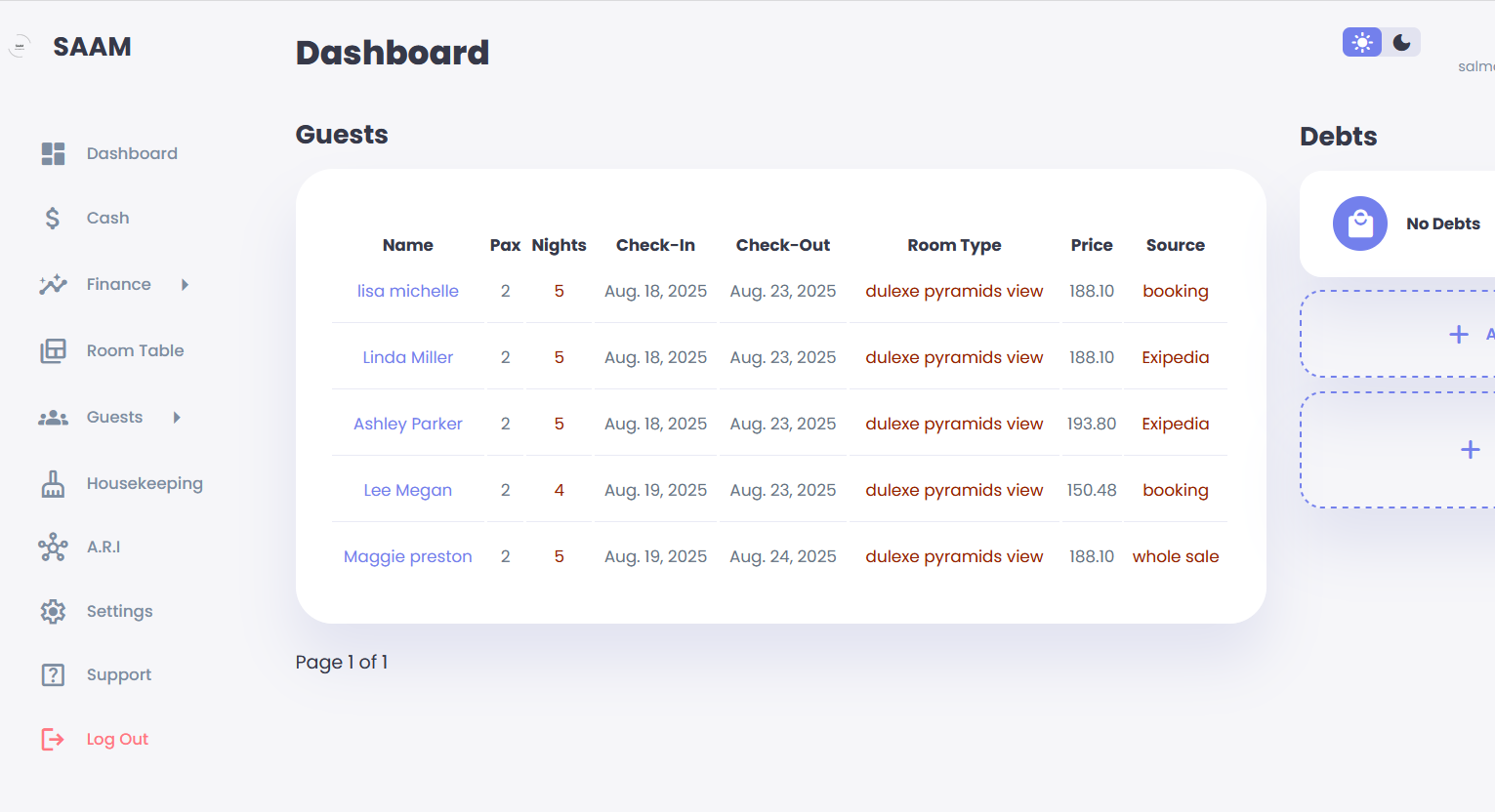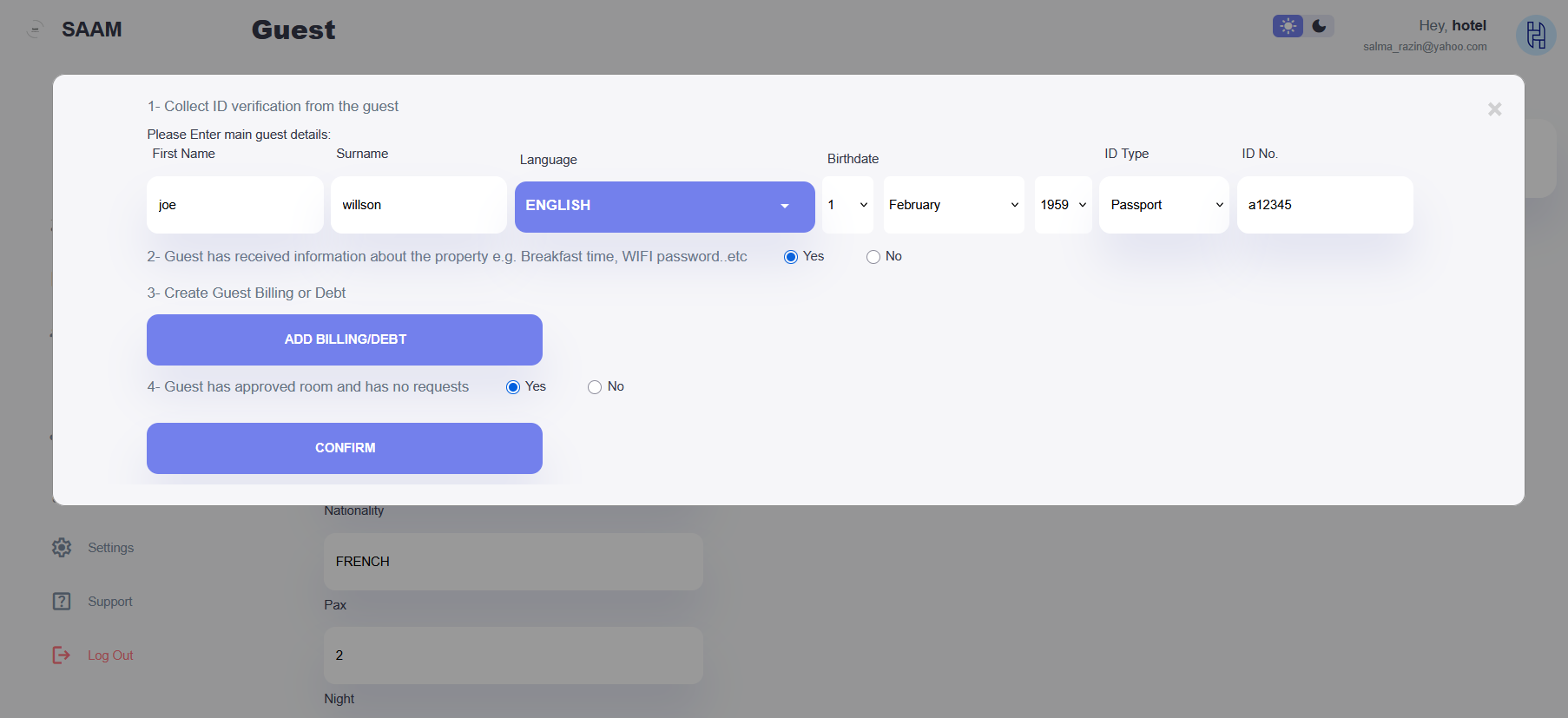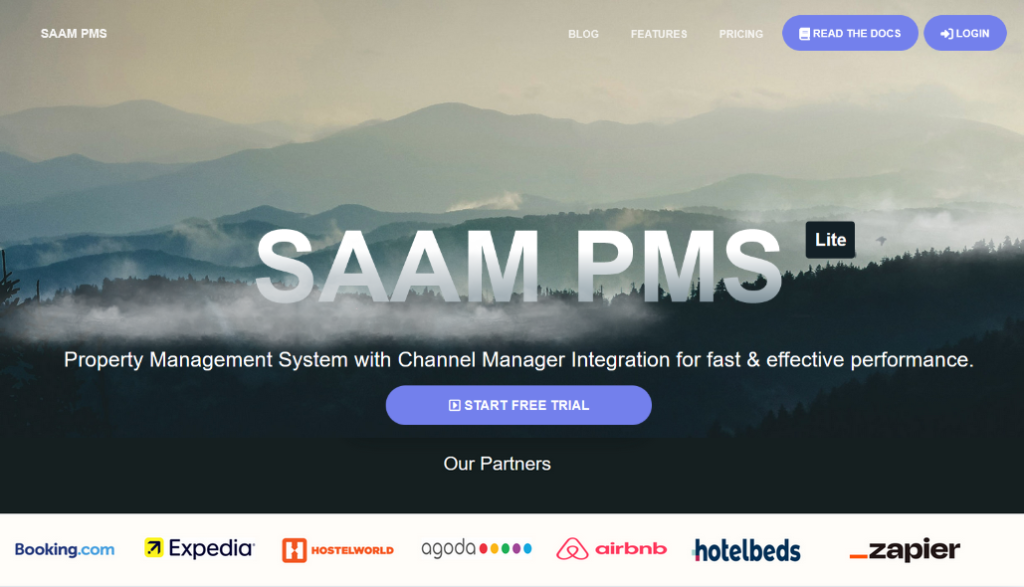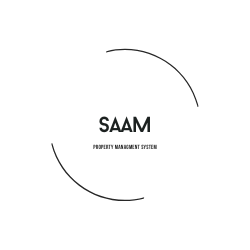Check-In Systems
In today’s fast-paced world, efficiency and convenience are key, especially when it comes to managing customer flow and attendance. This is where a check-in system comes into play. Whether you’re running a bustling office, a busy gym, or a healthcare facility, a robust check-in system can streamline operations and improve customer experience. In this article, we’ll delve into the intricacies of various check-in systems and their applications.

Types of Check-In Systems
There are several types of check-in systems available, each catering to different business needs. Here are some common types:
1. Electronic Check-In Software
Electronic check-in software is a digital solution that automates the check-in process. Customers or clients can enter their details into a kiosk, tablet, or computer upon arrival. This system is widely used in offices, gyms, and healthcare facilities due to its efficiency and ease of use.
2. Online Check-In System
An online check-in system allows customers to check in remotely, often through a web portal or a mobile app. This system is particularly beneficial for healthcare facilities and airlines, where pre-arrival check-in can significantly reduce wait times and streamline operations.
3. Office Check-In System
An office check-in system is designed to manage the flow of visitors in an office environment. This can include client meetings, interviews, or contractor visits. Such systems often include features like visitor badges, notifications to hosts, and visitor logs for security purposes.
Benefits of Implementing a Check-In System

1. Enhanced Efficiency
With a digital check-in system, the check-in process becomes automated, reducing the need for manual entry and minimizing human error. This efficiency can lead to faster processing times and improved customer satisfaction.
2. Improved Data Management
Digital check-in systems allow for easy data collection and management. Businesses can track visitor frequency, peak times, and other valuable metrics that can inform staffing and operational decisions.
3. Increased Security
For businesses where security is a concern, a client check-in system can enhance safety by tracking who is in the building at any given time. Visitor logs can be automatically generated, providing a record of all entries and exits.
4. Better Customer Experience
A streamlined check-in process contributes to a positive first impression. Clients and customers appreciate a hassle-free experience, which can enhance overall satisfaction and encourage repeat visits.
Choosing the Right Check-In System
When selecting a check-in system, it’s crucial to consider your business’s specific needs and objectives. Here are some factors to keep in mind:
1. Business Type
The nature of your business will largely dictate the type of check-in system you need. For instance, a healthcare facility may prioritize features like online check-in, while an office might focus on visitor management and security.
2. Budget
Check-in systems can range from simple, cost-effective solutions to more advanced, feature-rich options. It’s important to find a balance between cost and functionality that aligns with your business goals.
3. User Experience
Consider how user-friendly the system is for both staff and customers. A complex or cumbersome system can lead to frustration and inefficiencies.
4. Integration Capabilities
Ensure that the check-in system can integrate with your existing software and tools. This can include your CRM, scheduling software, or security systems, providing a seamless experience.
Implementing a Check-In System: Best Practices

Why SAAM Property Management System ?
SAAM is a cloud-based property management system offers you offers you all in one system to perfectly manage your property whether it is small airbnb unit or a five stars hotel with a free trial to choose your monthly plan which starts from only 56 $ the features includes :
Online Booking Engine: Allows guests to book rooms directly on the hotel’s website, displaying real-time availability and rates.
Channel Management: Connects to various online travel agencies (OTAs) and other distribution channels to manage inventory and bookings across different platforms.
Finances and Human Resources Management :cash registration with your chosen authorized employees and employees payroll and attendance tracking
Reservation Management: Handles bookings, modifications, cancellations
Guest Profiles: Stores guest information and preferences for personalized service and repeat business.
Check-in/Check-out: Streamlines the process of guest arrival and departure.
Communication: Facilitates communication with guests through various channels.
Loyalty Programs: Integrates with loyalty programs to manage rewards and special offers.
Front disk operations : Manages room assignments, guest requests, and other front desk tasks.
House keeping management : Tracks room cleaning status and schedules housekeeping tasks.
Inventory Management: Manages room availability, amenities, and other resources.
Reporting and Analytics: Generates reports on bookings, revenue, occupancy, and other key performance indicators.
Integration with Other Systems: Connects with channel managers,Zapier, and other software systems.
Multi-Property Support: Enables management of multiple hotels or properties from a single system.
Conclusion
A well-implemented check-in system can transform the way you manage customer and client interactions, enhancing efficiency, security, and customer experience. By understanding your business’s needs and selecting the right system, you can streamline operations and create a welcoming environment for all visitors. Embrace the digital age with a modern check-in solution and watch your business thrive.
